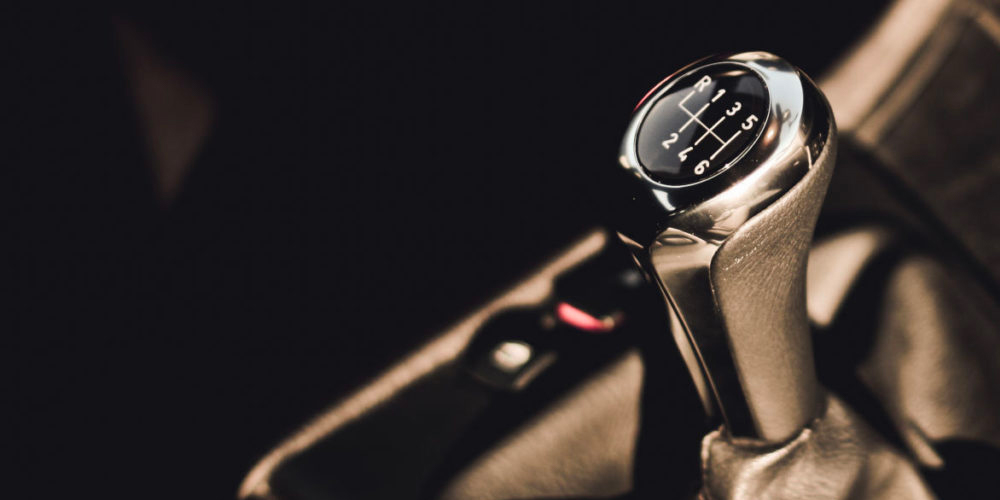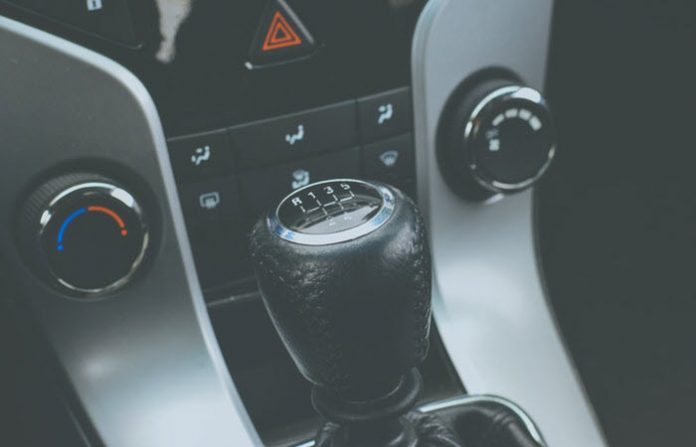

The purpose of a traction device is to turn that wrap-up into forward motion. When a drag car launches, the rear-end wraps up. What you’ll see below is Bickel’s personal take on ladder bars and four-link setups. It should be no surprise to anyone reading this that Bickel has built more than his fair share of championship winning race cars, and he is certainly no stranger to tuning suspension systems. What we’ve done here is cut through the maze of information (good and bad) and we’ve gone straight to an established expert on the subject–Jerry Bickel. That has led to all sorts of misinformation, which in turn is bad news for the racer. To complicate things, there has been quite a bit penned over the years regarding suspension setup–some right and some wrong (some very seriously wrong). Of all of the systems, the most common you’ll see today is the equal length four-link, probably followed by the ladder bar. Lift bars, slapper bars, Super Stock springs, leaf links, ladder bars, three-links, four-links, and torque arms (there may be others too, but it’s a start).
STICK SHIFT CARS HOW TO
The operative word here is “patient” as the individual riding in the front passenger seat should offer much encouragement as you learn how to drive with a manual transmission.Over the years, drag racers with door cars have gone through all sorts of suspension arrangements. You might also enlist the support of a patient family member or friend to ride with you. Concentrate on clutch activation and shifting, and gas pedal management will follow naturally. The car will buck and even stall as you learn the ropes, but do not give up. Learning how to operate a car with a manual transmission takes time. Only shift into first gear when you are ready to move forward, continuing your upshifts as you pick up speed. You can move the stick into neutral as you come to a stop, taking your foot off the clutch. When approaching a stop sign or a traffic light, begin to brake, then depress the clutch as your speed drops below 10 mph. When learning how to drive with a stick shift, practice where traffic is light and with few red lights to slow your momentum. If your car has a tachometer you might shift gears as the meter approaches 3,000 RPM instead. Conversely, downshift to the next lowest gear as you reduce your speed. Thus, if you are approaching 30 mph, you would shift from second to third gear. Switching gears to correspond to every 12 to 15 mph increase in speed is a good rule to follow. Here, you will begin your journey in first gear and start shifting to second gear when your speed reaches 15 mph. The next step in our drive stick shift tips will have you taking to the road. Keep in mind that whenever you brake you must depress the clutch or the car will stall. Slowly take your foot off the clutch as you begin to move. Once engaged, begin to slowly move out of your parking space, applying slight pressure to the gas pedal to put the car in motion. Moving to the reverse gear typically means pulling up on the stick and moving it to the reverse position as you depress the clutch. To move the car you will depress the clutch and either put it in first gear or move the stick shift into reverse gear. Once the car starts, then remove your foot from the clutch. Place the stick shift in neutral, hold down the clutch with your left foot and press down on the brake with your right foot. Now that you are acquainted with the pedal and shifter arrangement, you can move on to the next of our drive stick tips - starting the car. Take note of the simplicity in shifting - most modern transmissions shift quickly between the forward gears. Here, you will push the clutch in each time you shift. With the car turned off, practice shifting between the gears. Neutral is defined by the horizontal line between the gears. Most cars built today have five or six forward gears. On top of the stick is a knob displaying a treelike shifting pattern comprised of numbers and an “R” symbol for reverse. You will also find a stick shift between the front row seats. Instead of just two pedals - a brake and an accelerator (gas pedal) - a vehicle with a manual transmission has a third pedal, the clutch, located to the left of the brake.

The first of our drive stick tips will have you getting acquainted with the interior of a car outfitted with a manual transmission, especially by taking note of a few important distinctions. Here are some tips to help you learn more quickly: Drive Stick Shift Tipsįamiliarize yourself with the interior arrangement. Learning to drive a stick shift can take anywhere from a few hours to a few days, depending on your previous driving experience and how much time you are able to devote to practice. How Long Does It Take to Learn Stick Shift?


 0 kommentar(er)
0 kommentar(er)
